Brain Awareness Week is an international campaign to promote interest in brain health and neuroscience. With your support, we will establish Brain Awareness Week as a signature event on campus. We wish to create two brain awareness-themed science and activity fairs: Bronco Brain Day for the campus community, and Brain Day Jr. where we bring local area students to our campus. These events will be organized by students under the supervision of Robert Blumenfeld, a Cognitive Neuroscientist and Professor in the Psychology Department. The Brain Awareness Program embodies CPP’s mission and vision. Your support, at any level, will help us make these events happen.
In 2019, before the Pandemic, we organized a Brain Awareness event inviting Pomona Unified 5th and 6th graders to our campus for a day of interactive educational activities centered around the brain and mental health. This event was a great success, we welcomed more than 300 students to CPP and put on an event that highlighted our incredible undergraduates and vibrant campus.
The Brain Awareness Team:
With your support, we will recruit CPP students to form the Brain Awareness Team to begin planning the events. This undergraduate team will research, design, promote, and create each activity. Their participation in the program will be an independent study supervised by Dr. Blumenfeld.
To give you a sense of what our team will be capable of creating, here are some of the activities that we had for our 2019 event:
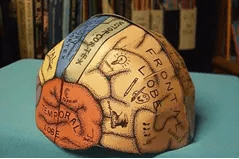 Brain Hat Activity- students learn about the different regions of the brain and their general function. They color a labeled cut out of the left and right brain hemispheres and then construct a “hat” from the two cut outs. This can then be used as a reference for general functions of the different areas of the brain.
Brain Hat Activity- students learn about the different regions of the brain and their general function. They color a labeled cut out of the left and right brain hemispheres and then construct a “hat” from the two cut outs. This can then be used as a reference for general functions of the different areas of the brain.
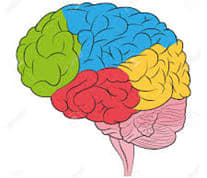 Perception Distortion Activity- students will learn about visual perception and the adaptive properties of the brain through a presentation and an activity. Students have the opportunity to try on goggles that distort their perception and experience the adaptive properties of the brain as they learn to complete a task while wearing these distortion goggles
Perception Distortion Activity- students will learn about visual perception and the adaptive properties of the brain through a presentation and an activity. Students have the opportunity to try on goggles that distort their perception and experience the adaptive properties of the brain as they learn to complete a task while wearing these distortion goggles
Coloring The Brain- Students draw fun symbols or pictograms that will help them remember what each part of the brain does on a canvas with the brain on it. These parts will include different regions such as the hippocampus, amygdala, cerebellum, hypothalamus etc.
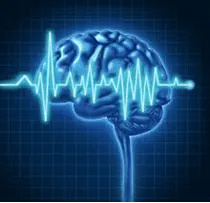
EEG Headsets- This activity gives students the opportunity to view their own brain activity on a computer screen. A Brain Awareness Team member demonstrates how the program and activity works, electrodes are lightly placed on the student’s head, and they are asked to close their eyes for a number of seconds, open their eyes, and so on and so forth. This activity shows students how brain activity changes when the eyes are closed, opened, and other physical or mental activities happen.
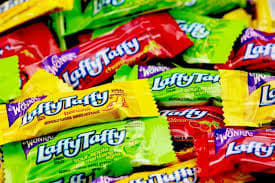
Laffy Taffy. Children make the four lobes of the brain out of four different colors of laffy taffy; a candy that can be molded into any shape. The kids stretch and folding the taffy into layers in the shape of the brain demonstrating how the brain is folded to use the maximum space possible.
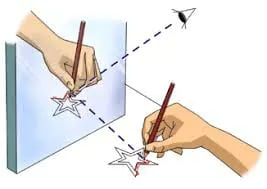
Mirror Tracing Star- At this station, students learn that fine motor skills involve coordination with the brain and muscles, and that memory is both a result of and an influence on perception, attention, and learning. They will learn this by having the opportunity to draw a line on a maze star having blocked the view of their hand and watching it just on a mirror. Students with less errors will get prizes
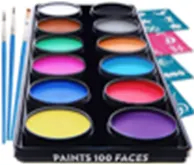
Face painting Brain concepts- Painting brain concepts gives the student the visual representation of brain concepts. For example, when painting a neuron on the child’s face we will talk about how neurons are the basic functional units of the nervous system, and they generate electrical signals called action potentials, which allow them to quickly transmit information over long distances
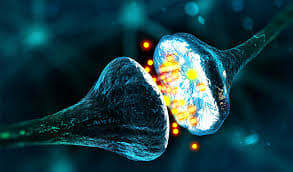
Neuron Tag- This is an interactive game where students play a game of tag during which they learn about the underlying neurological processes that happen when a neuron fires. The purpose of the game is for the students to understand how these processes happen but in a way that is both enjoyable and understandable. Most students will be picked to be the “neurotransmitters” and some will be “enzymes”. The students who are “enzymes” will be “it” in the game and will chase after the kids who are neurotransmitters. The point of the game is for the neurotransmitters to get across the lawn to the “dendrite”, most likely a soccer net of some kind. If they are tagged, they have to re-start at the beginning to mimic the process of reabsorption that happens in our bodies.
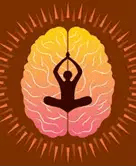
Yoga for the Brain- At this station, students will participate in some yoga exercises that promote good mental health. While practicing yoga, an instructor will be explaining the benefits of certain methods of breathing to help calm the mind and body.
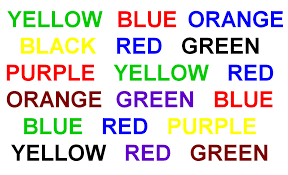 Stroop Effect- In the Stroop effect challenge two or three children will compete with each other to say aloud 10-15 different colors that are written on poster board. The challenge is that the list of colored words will not match their color that is presented. For example, the colored word green, will be colored in blue (GREEN). According to Neuroscience for kid’s, the words themselves have a strong influence over your ability to say the color.
Stroop Effect- In the Stroop effect challenge two or three children will compete with each other to say aloud 10-15 different colors that are written on poster board. The challenge is that the list of colored words will not match their color that is presented. For example, the colored word green, will be colored in blue (GREEN). According to Neuroscience for kid’s, the words themselves have a strong influence over your ability to say the color.
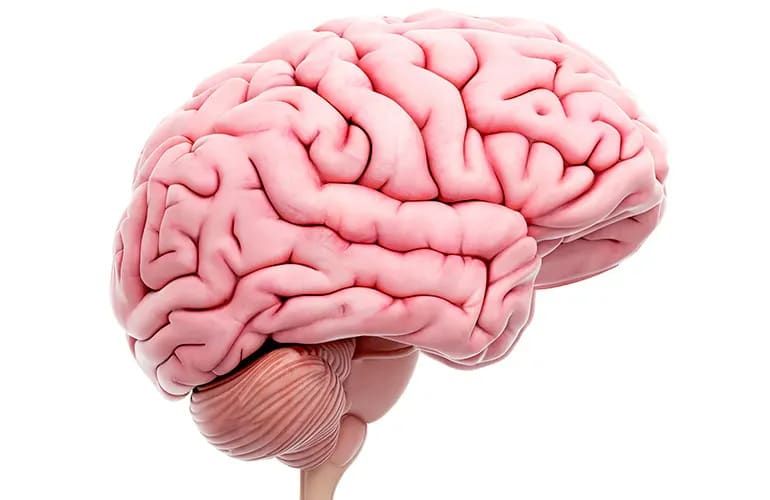 Moon Game (Selective Attention in the Brain). This game requires a demonstration. It is a series of steps that the children are told to follow exactly, and whoever copies it correctly first wins. The key to being the winner is that the last step is to touch your hair, however most people don’t notice to do this because their attention is focused on the previous steps. After a winner is declared (the first person to notice to touch their hair), there will be an explanation of how selective attention happens in the brain. The winner will get a prize (either two small prizes or one bigger prize). Everyone who participates gets a sticker, along with a stamp on their punch card.
Moon Game (Selective Attention in the Brain). This game requires a demonstration. It is a series of steps that the children are told to follow exactly, and whoever copies it correctly first wins. The key to being the winner is that the last step is to touch your hair, however most people don’t notice to do this because their attention is focused on the previous steps. After a winner is declared (the first person to notice to touch their hair), there will be an explanation of how selective attention happens in the brain. The winner will get a prize (either two small prizes or one bigger prize). Everyone who participates gets a sticker, along with a stamp on their punch card.

